XPoSat Mission launch: ISRO to start 2024 with a bang after Chandrayaan-3 mission, Aditya-L1 mission triumphs
- After 2023 success with Chandrayaan-3 mission and Aditya-L1 mission, ISRO set for XPoSat Mission launch on January 1, 2024.
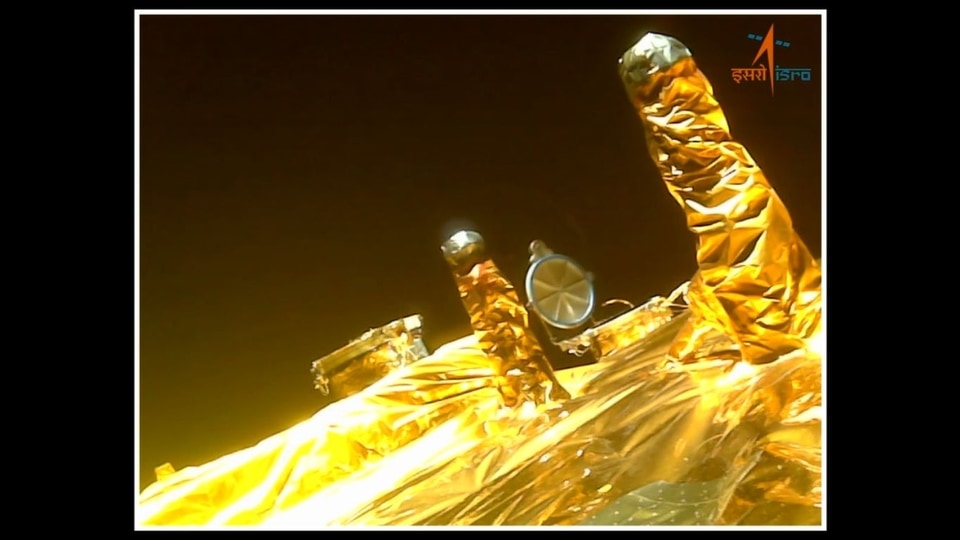
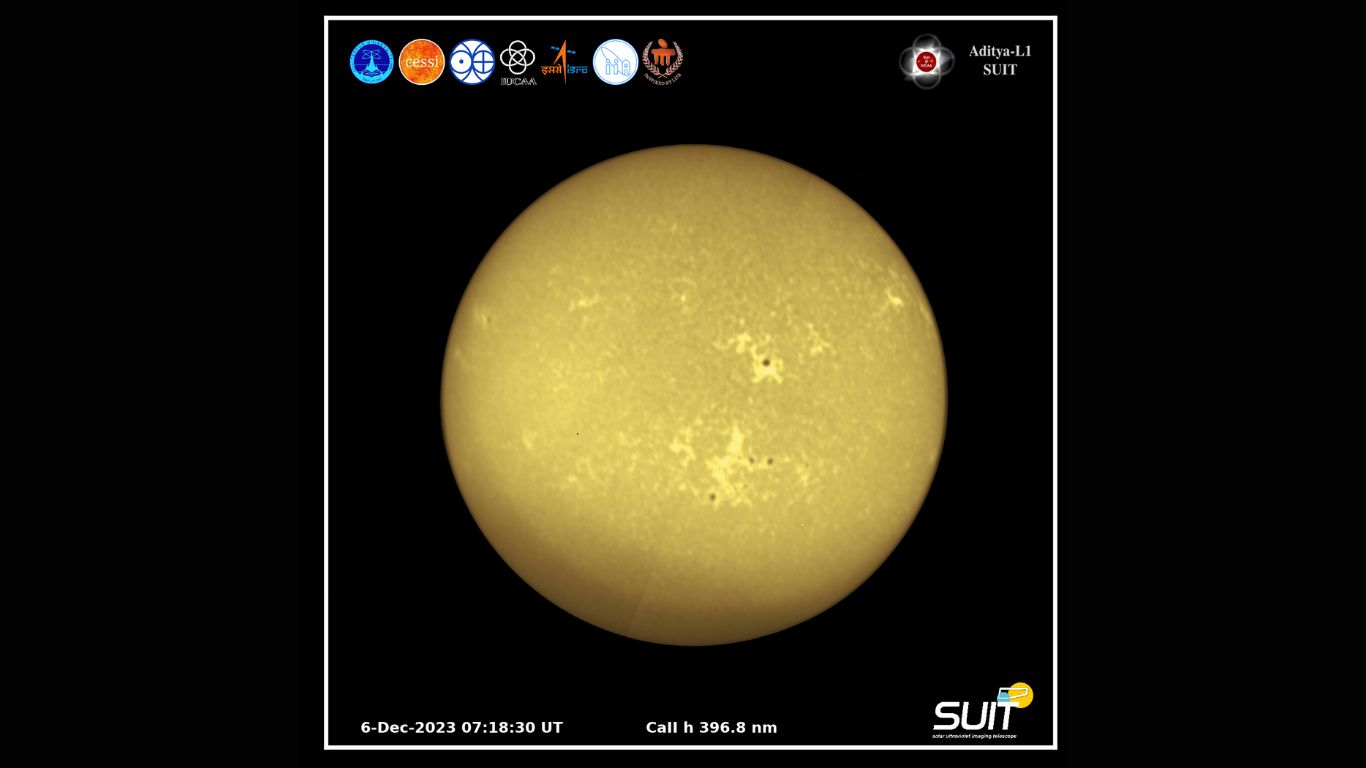
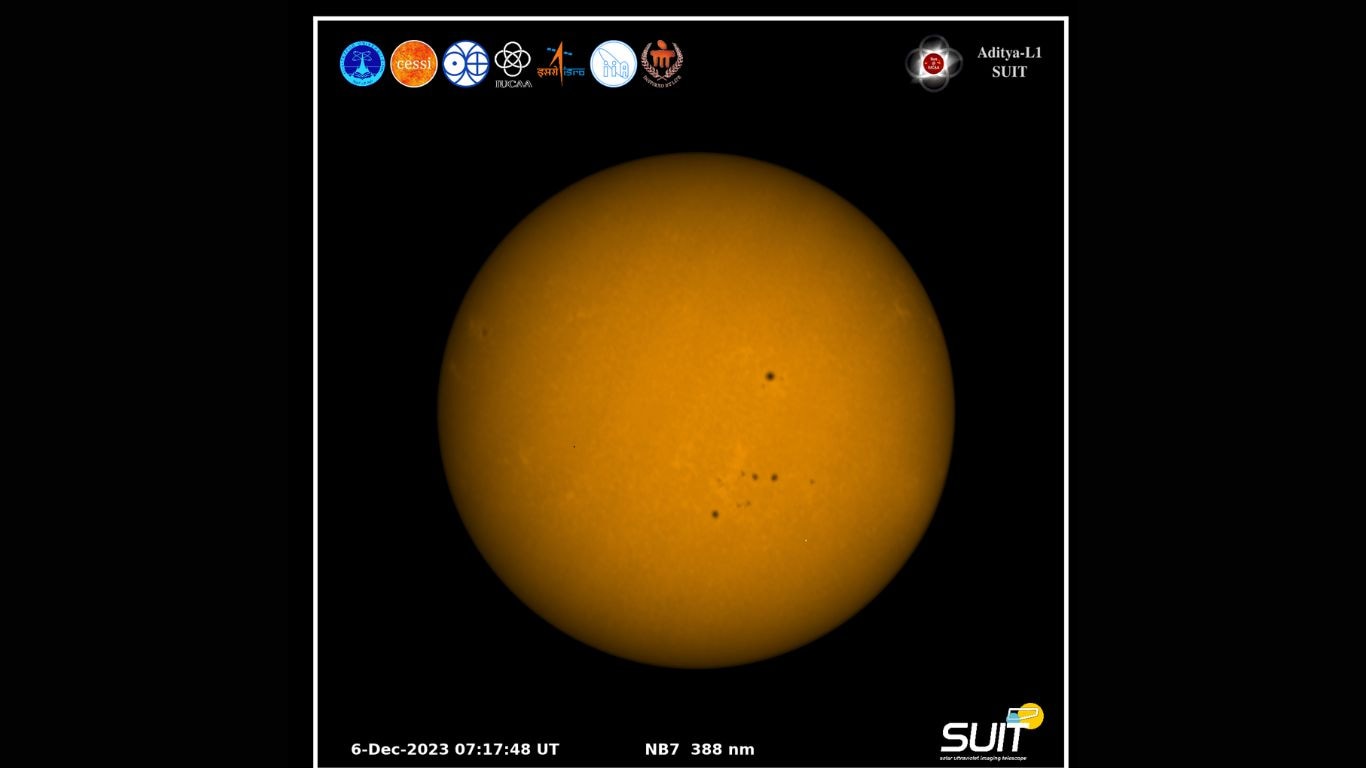
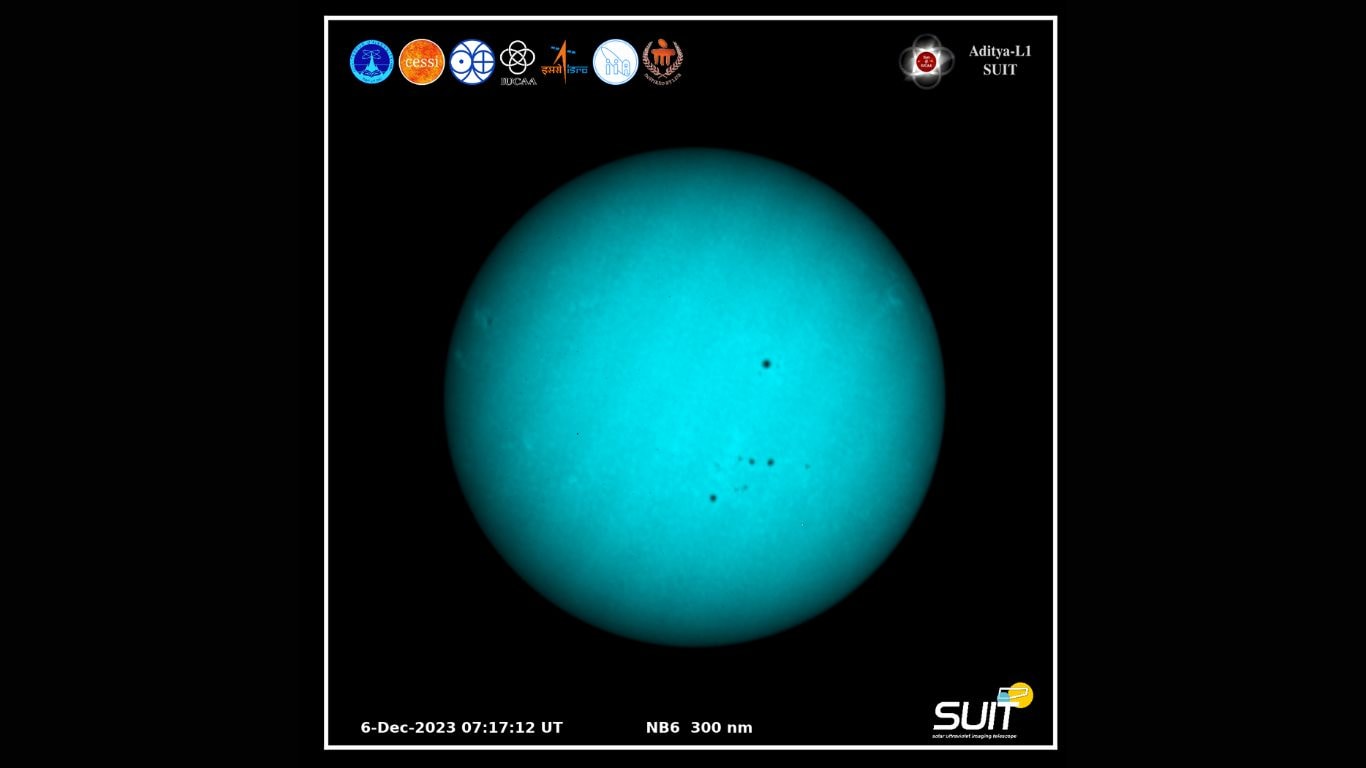
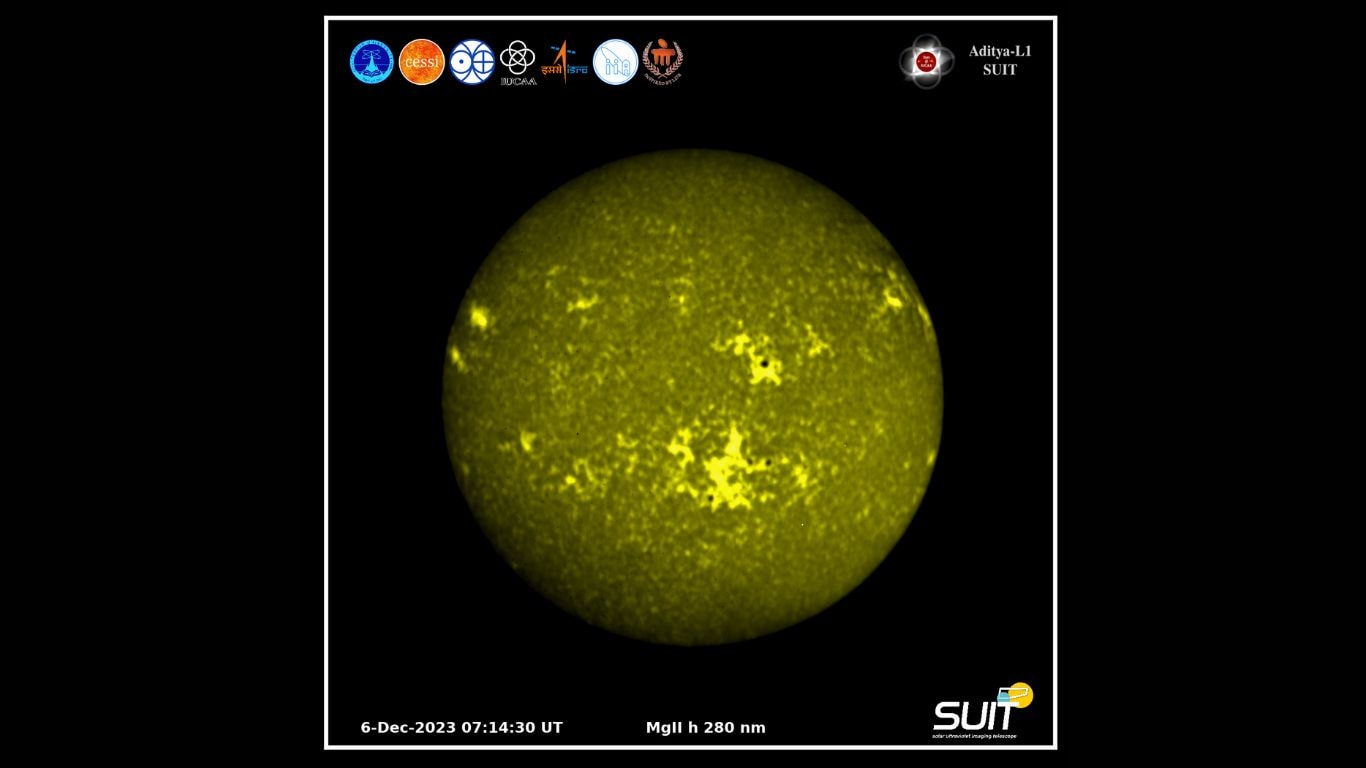
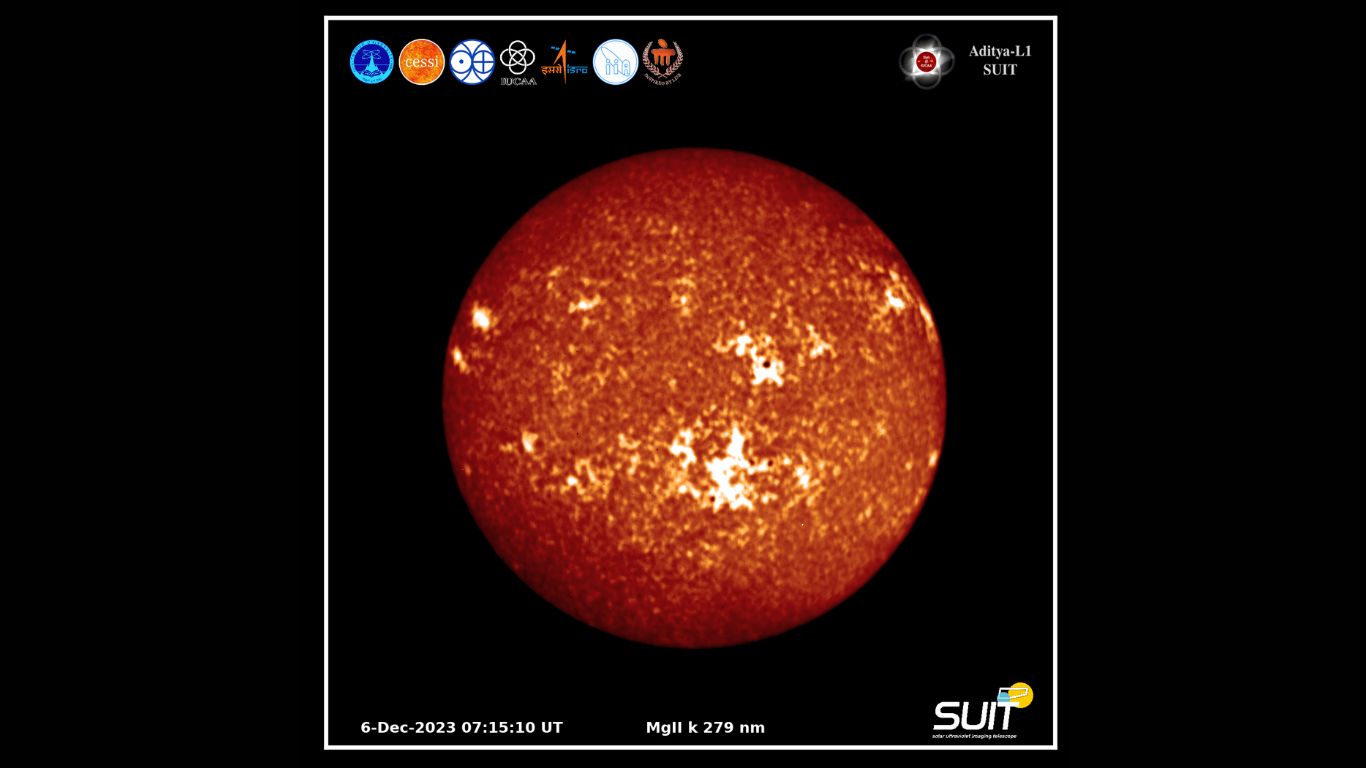
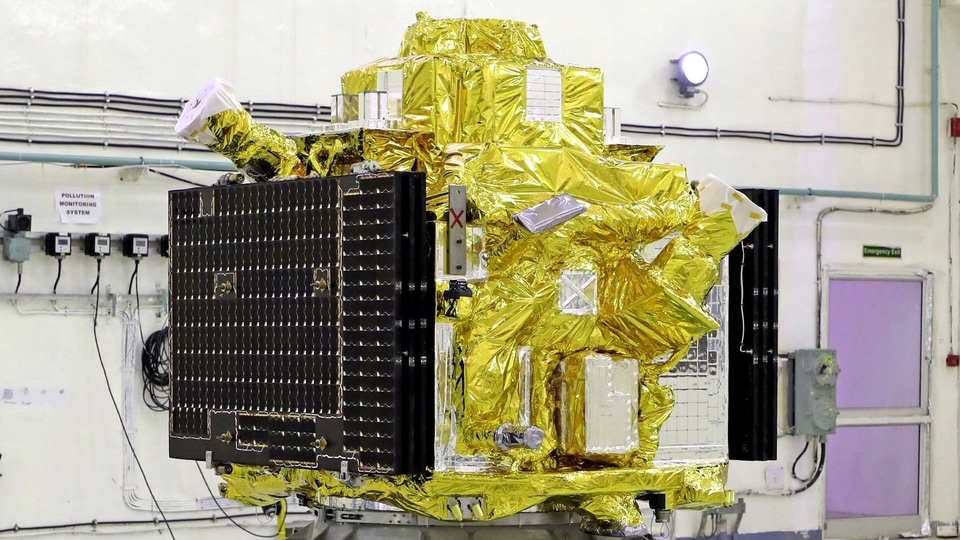
 View all Images
View all ImagesPSLV-C58 XPoSat Mission launch: Indian Space Research Organisation (ISRO) may have ended 2023 with historic successes like Chandrayaan-3 mission, when it landed a lander and a rover on the dark side of the moon and the Aditya-L1 mission, which is well on its way to its parking slot at Lagrange L1 point to watch the Sun, but it is not sitting on its laurels and is all set to usher in the new year with a bang! On January 1, 2024, the Indian space agency has slated the launch for its next ambitious project, the PSLV-C58 XPoSat Mission launch.
PSLV-C58 XPoSat Mission launch schedule
The PSLV-C58 XPoSat mission launch is scheduled at 09:10 IST on Monday from the Satish Dhawan Space Centre in Sriharikota.
The 25-hour countdown commenced on Sunday for the lift-off scheduled at 9.10 am from the first launch pad at this spaceport, located about 135 kms east of Chennai, on January 1.
“The countdown commenced for PSLV-C58 at 8.10 am today,” ISRO sources said.
What is PSLV-C58 XPoSat
XPoSat (X-ray Polarimeter Satellite) is the first dedicated scientific satellite from ISRO to carry out research in space-based polarisation measurements of X-ray emission from celestial sources.
PSLV-C58 XPoSat Payloads
The spacecraft will carry two scientific payloads in a low earth orbit.
1.POLIX
POLIX is an X-ray Polarimeter for astronomical observations in the energy band of 8-30 keV. The instrument is made of a collimator, a scatterer and four X-ray proportional counter detectors that surrounds the scatterer.
POLIX is expected to observer about 40 bright astronomical sources of different categories during the planned lifetime of XPoSat mission of about 5 years. This is the first payload in the medium X-ray energy band dedicated for polarimetry measurements.
XSPECT
XSPECT is an X-ray SPECtroscopy and Timing payload onboard XPoSat, which can provide fast timing and good spectroscopic resolution in soft X-rays. XSPECT would observe several types of sources viz X-ray pulsars, black hole binaries, low-magnetic field neutron star (NS) in LMXBs, AGNs and Magnetars.
The PSLV-C58 rocket, in its 60th mission, would also carry 10 other satellites to be deployed in low earth orbits.
Catch all the Latest Tech News, Mobile News, Laptop News, Gaming news, Wearables News , How To News, also keep up with us on Whatsapp channel,Twitter, Facebook, Google News, and Instagram. For our latest videos, subscribe to our YouTube channel.

























